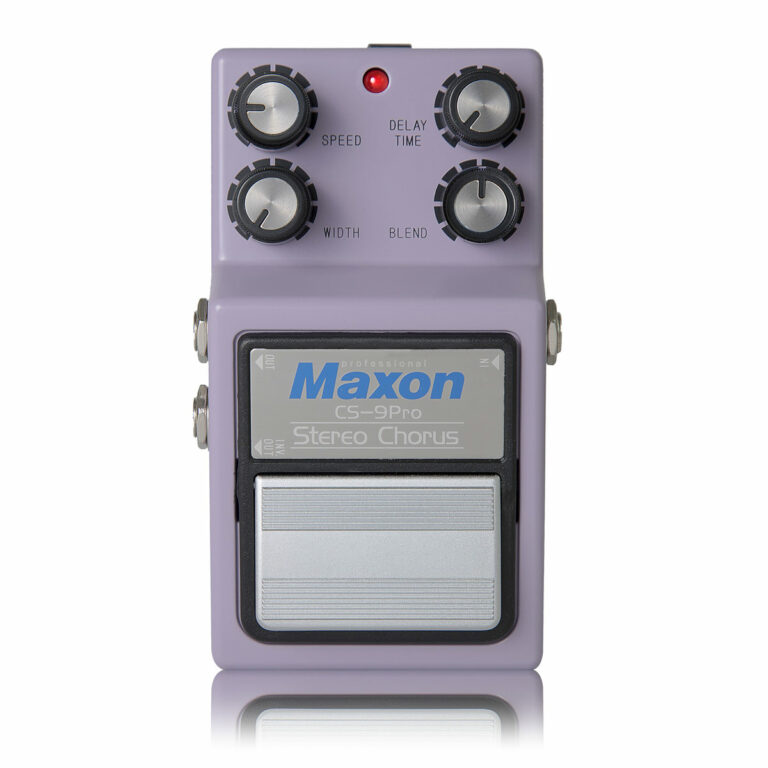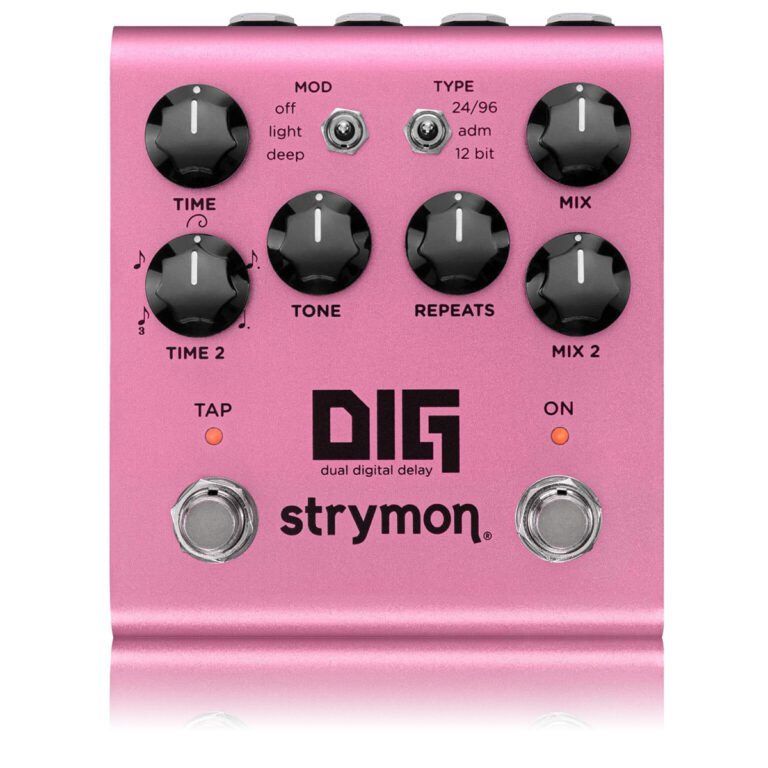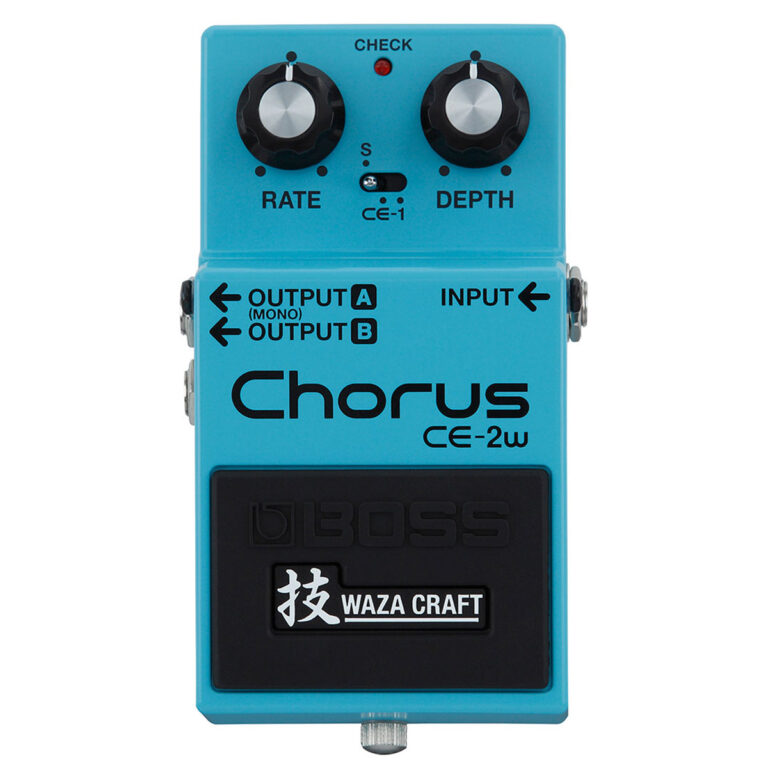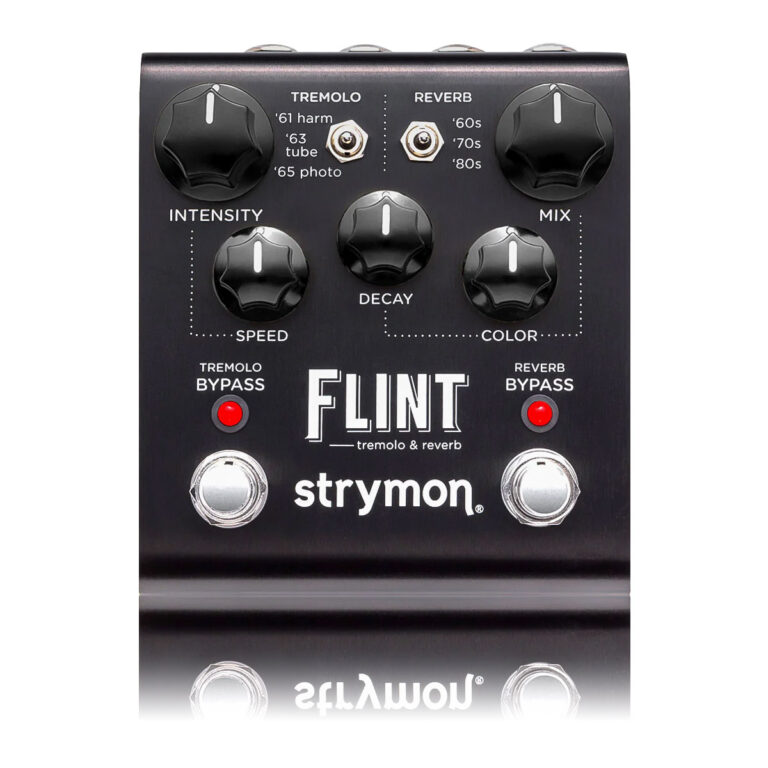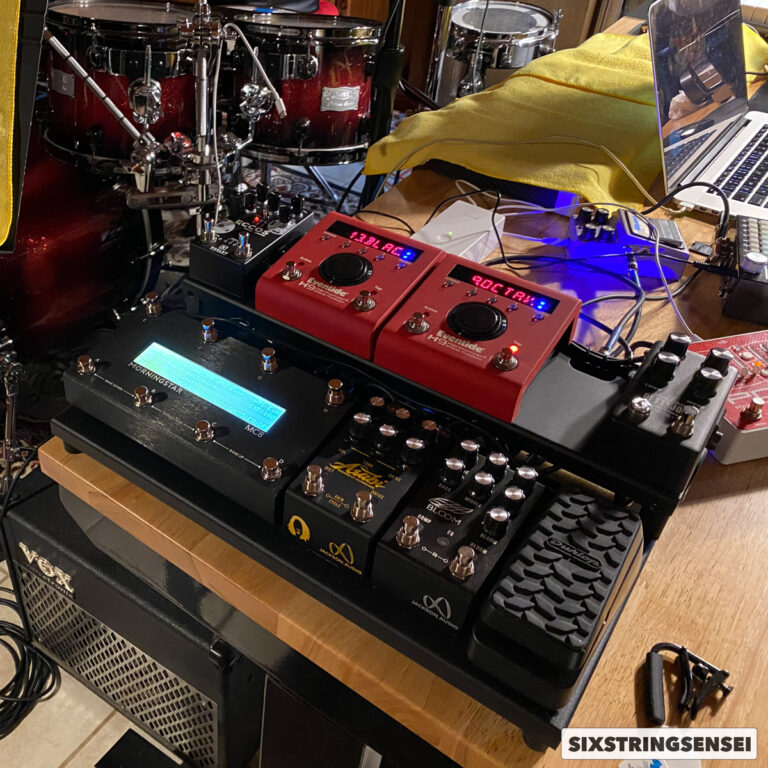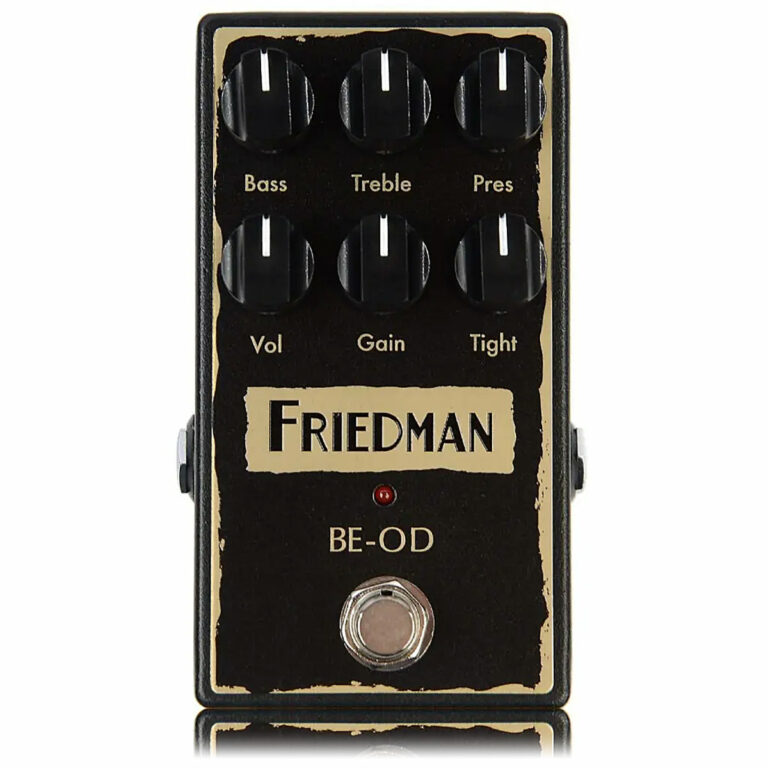BOSS OC-5 Octave Review and Buffered Output Opinion
I’d like to offer my own BOSS OC-5 Octave review. Specifically, I’d like to talk about how good it is, how well priced it is, but also its buffered output.
This is my personal hands-on BOSS OC-5 Octave review. I’ve tried a number of other octave and pitch-shifter pedals including the popular Electro-Harmonix POG2. I’ve also compared the BOSS OC-5 Octave to polyphonic and monophonic algorithms in the Line6 HX Stomp XL, Eventide H9 (monophonic only) and Eventide H90 (polyphonic).
The Eventide H90 is a real new competitor, as are the latest firmware versions of the HX Stomp and Helix (as of this writing). The classic H9 however, is still only OK for single-note riffing when it comes to octave algorithmns.
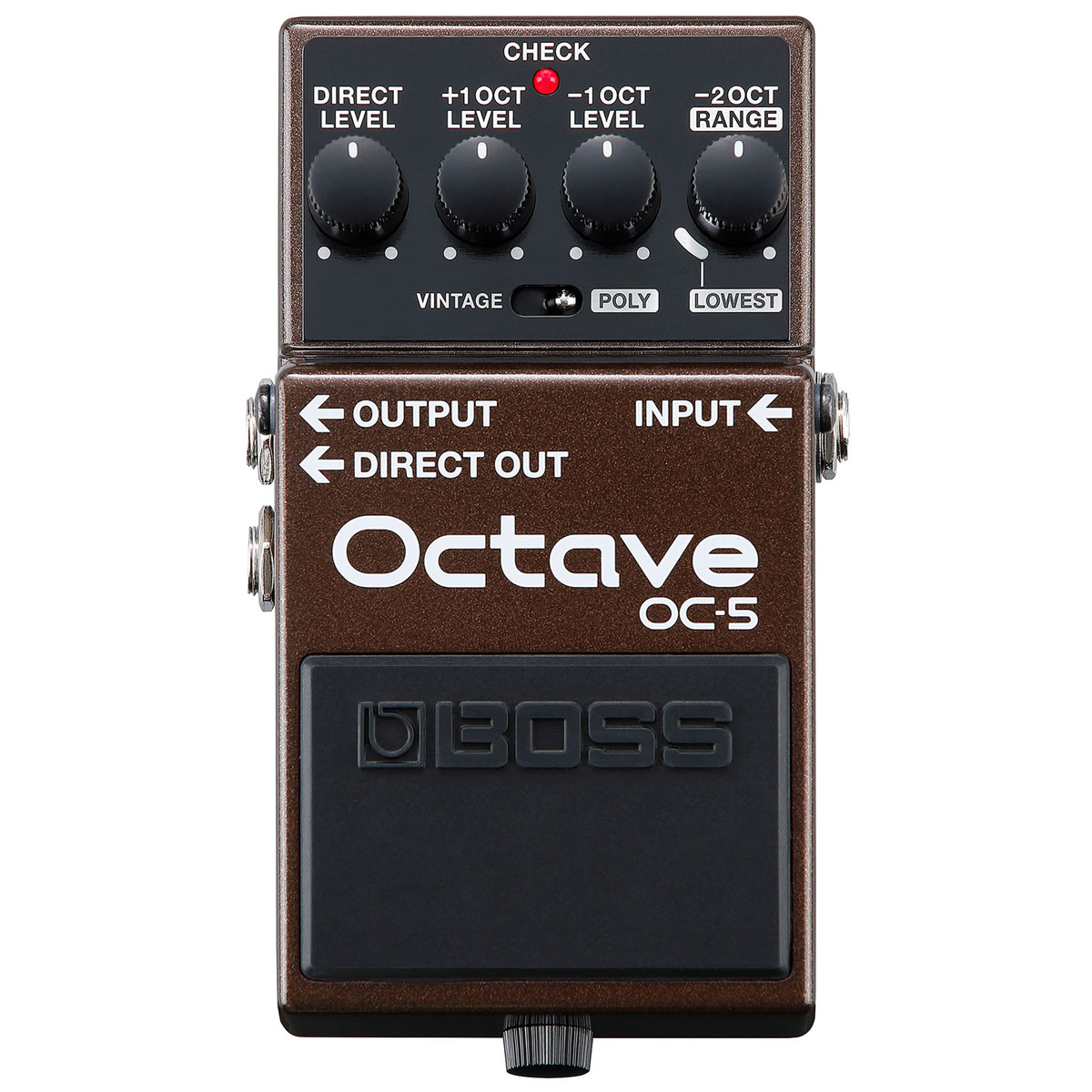
The thing I love the most about the BOSS OC-5 is how easy it is to dial-in. For both bass and guitar, it’s really easy to get good, responsive, octave mixes in both low and high octaves. This includes blending combinations of them. In contrast, the EHX POG2 does as well, or better of a job at it… but it’s a lot more time consuming to dial the POG2 just right. Not to mention, the larger footprint. That said, they are different in many ways. The OC-5 can do less things than the POG2, but what it does, it does it REALLY well.
BOSS OC-5 Octave Bang For Your Buck
The other great thing about the BOSS OC-5 is that, in the same vein as the BOSS OC-2 and OC-3 that came before it, it’s super well priced. Like most BOSS pedals, they offer a lot, at prices much lower than boutique counterparts. EHX isn’t exactly boutique, but even their Micro POG is still priced considerably higher than the BOSS OC-5.
I don’t use the “lowest” note feature on the OC-5 all that much. When I use it I tend to blend in other other octaves as well as the direct level. I do this in case the pedal misses the lowest note. This helps it sound more natural. My normal use is either to add a low octave for heavier riffs, or to blend some sort of combination of low and high octaves. I think the lowest note feature is still valuable, but it’s just something that was never my main draw to it.
Looping With the OC-5
I do use a looper often. In my case, I’ve been playing a BOSS RC-600. Given I usually feed that with a guitar and a bass, and send three outputs out to a pair of stereo guitar amps and a bass amp, I don’t tend to use the OC-5 as a way to make my guitar sound like a bass. I just put the guitar down, lay down an actual bass loop, and then pick the guitar up again. Regardless, I can see how in a band situation where it’s not easy to switch instruments, making your guitar sound like a bass can be very useful.
Now, I wish there was a way that would allow foot-switch control of the vintage and poly modes. The reason for this is that it’s VERY obvious how much better the vintage mode is at capturing single note playing. But, if you are playing chords, you need the poly option. I find I have to bend down often to switch these modes out. I also have to remember not to try and jam a bunch of chords in front of it when in vintage mode. It doesn’t like that.
BOSS OC-5 Octave Buffered Out
For reference, I have an article here about True-Bypass vs Buffered Bypass Pedals.
Finally, let me talk about the buffer. I know there is a lot of debate as to whether or not it’s good that most BOSS pedals have buffered bypass instead of true-bypass. In this case, I really don’t like that the OC-5 is buffered. And here’s why:
Normally, an octave pedal goes right at the beginning of the signal chain. In most cases, a buffer at the very beginning of your chain is a good thing. However, if you have a germanium fuzz, you shouldn’t place it after a buffer. You could get away with placing it before the OC-5, but that means that it won’t be optimum when using it in conjunction with the OC-5.
The reason is, generally, the order should be octave into fuzz. If the BOSS OC-5 were true-bypass, then it could easily be placed before any fuzz to allow you to use the fuzz by itself or in conjunction with the octave pedal. If you want the OC-5 into fuzz option while also being able to use the fuzz by itself, you’re going to have to opt for fuzzes that can handle a buffered input. The problem is that even fuzzes that sound good with a buffer in front don’t tend to clean up very well to the guitar’s volume knob because the fuzz circuit is seeing the buffer instead of the change in the guitar’s volume knob.
The other thing I don’t like about the BOSS OC-5 Octave is the color. Haha, I know, it’s a superficial thing. But still, drab brown is an ugly color specially if you’re into color-coordinated pedalboards.
Is It Worth It?
To conclude my BOSS OC-5 Octave review, I have to say, the OC-5 carries the legacy of the OC-2 and OC-3 Octave pedals incredible well. It is truly an upgrade. It’s also very well priced allowing you to easily have more than one if you’d like, in case you have more than one board. While BOSS is usually pretty committed to buffers in these small stompboxes, the BOSS TU-3W Waza Craft tuner proves that they can allow the option of true-bypass in these traditional stompboxes. Given I feel it’s necessary to have true-bypass in an octave pedal to allow having it sit before a fuzz pedal, I hope BOSS sees the value in the OC-5 and releases a BOSS OC-5W Waza Craft Octave with a true-bypass option. I would definitely buy that.

